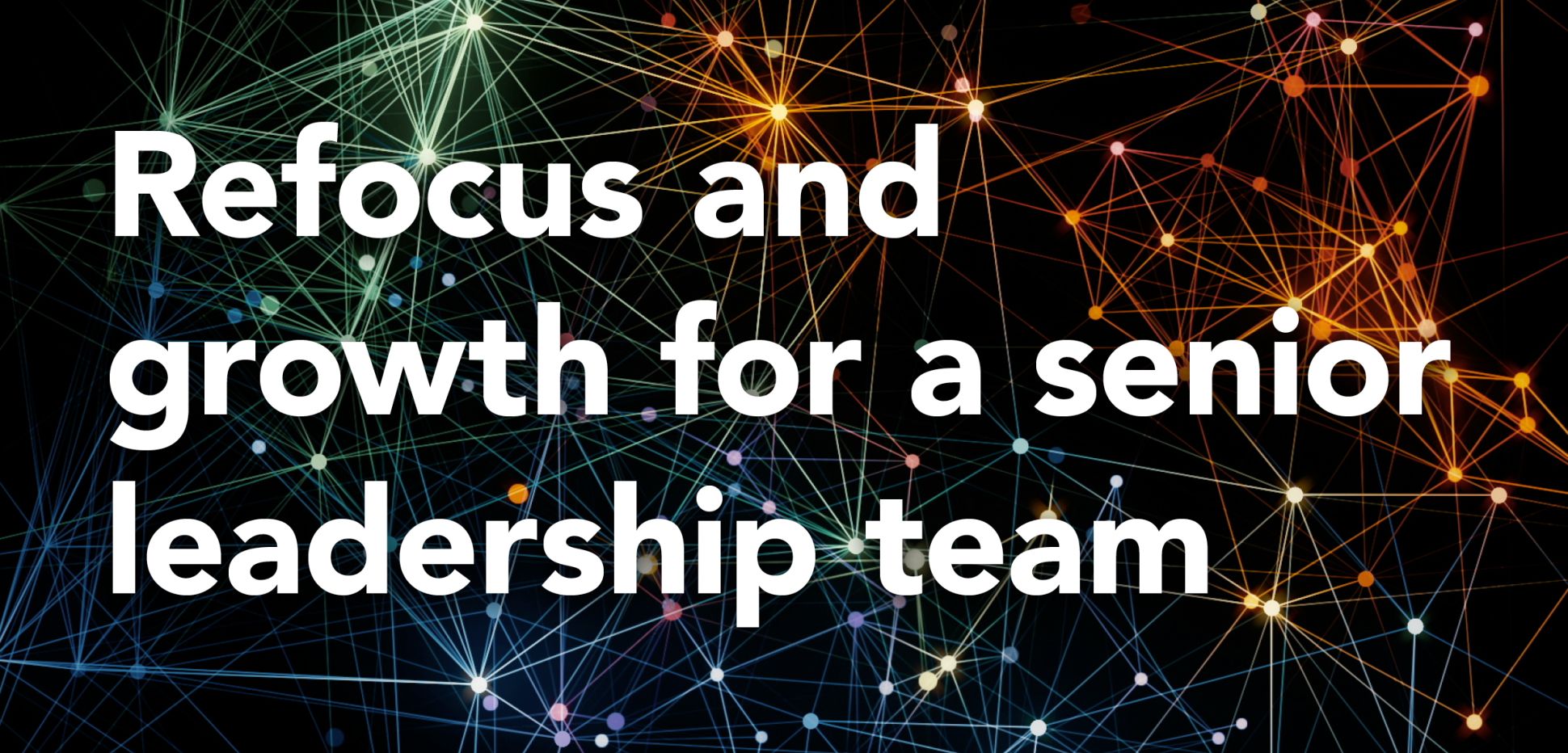Putting the market opportunity at the centre of the team

Alignment on purpose and ethos is always important for any senior leadership teams, but in the wake of change and in actioning a new strategy it is absolutely critical. Sheppard Moscow was engaged by a newly formed Leadership Team within a Professional Services Firm to help them realise their strategy and reach the firm’s potential in a key market’s area.
When this programme began, the senior leadership team had just experienced a major overhaul of the firm’s operating model, changing reporting lines, financials, and operational controls. Prior to this, they had struggled to respond effectively to client and market opportunities – to be agile and flexible and imaginative in acting intentionally to develop major work. They were held back by an imbalance of control toward specialist functional teams. An environment of autonomy and independence had degraded into disconnected, sub-scale business lines.
At the outset, we needed to facilitate solid and effective time for the team to spend together – a dilemma for time poor senior client-facing professionals struggling to make ‘internal’ meetings. We developed the 24hr Offsite; workshops running from 4pm to 4pm at a residential venue. The 24 hours is crucial. Dinner was full of laughter and sincerity that is missed in the day-to-day, overnight reflection shifted the mood, and the morning energy is ‘let’s get down to business!’.
The team coaches and team leaders sought to ensure the team had sufficient empathy; a clear sense of purpose; clarity about what they had to achieve together as a team; alignment between their different activities, and appropriate connection with the rest of the firm. Critically, they needed to learn faster than things were changing around them. They needed to create a truly client-facing model and leverage their collective talents to hit ambitious targets.
A core part of our practice is keeping a line of sight on the business imperative. Sessions were highly experiential and ‘real’ – working on genuine current business challenges they faced – as they sought to lead change through in a business area with scores of partners and many hundreds of professional staff - and the underlying climate in the team that impacted their ability to bring out the best in each other. ‘Climate’ is what we refer to as the environment, ambience, or mood in a group which is often neglected to great detriment.
We weaved in key elements of Systemic Team Coaching principles (commission, clarity, co-creation, connection, co-learning) to ensure a robust and real approach to working together was in place. And underpinning this with particular attention to Lencioni’s ‘5 Dysfunctions of a Team’ model (trust; conflict; commitment; accountability; results) - building the foundations of climate that need to be in place for high performance. The content of the discussion was always the current reality of their business rather than dealing with hypotheticals or ideals.
A powerful part of the programme was coaching the leader to intentionally role model. The realisation that he was capable and committed in his role and responsibility to inspire good work was a breakthrough, setting the tone through implicit role modelling and explicit explanation. It was a noticeable change, this was a leader usually highly polished in his presentation and presumed to be distant from those warmer, rawer places. He was thoughtful and considered, patient and understanding that that only through openness, dialogue and building understanding together would the team truly get behind one another. He set the boundaries as to what was permissible, possible, and purposeful for their work together.
Throughout this programme, we saw a culture change in the team. Unusually for the firm, this team began to speak openly about each other’s client portfolios and sector strategies, really challenging and supporting each other’s plans and each other as people, in a spirit of shared purpose and mutual accountability. Their starting place was no longer their roles, sector or discipline – and their individual performance as leaders of their sub-teams - rather it was about making a real difference to their clients’ businesses, creating great work experiences for their people, and focusing efforts and resources on areas of sustainable profitability for the firm as a whole.
With an effective team equipped with the skills to lead in a changing environment they were able to hit their business targets. Early on in our work, they committed to an overarching revenue and profitability target which was stretching but plausible – but which they didn’t yet quite know how to achieve. This was not just a shared goal, but a cohering ethos to connect them early on to each other and the work they could only do together as a team.
To find out more about aligning Senior Teams check out this blog on the Team's Collective Imperative or see how to scale up a leadership culture with your Top 100 Leaders.
